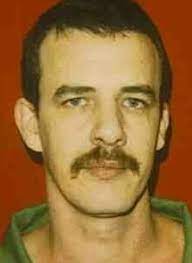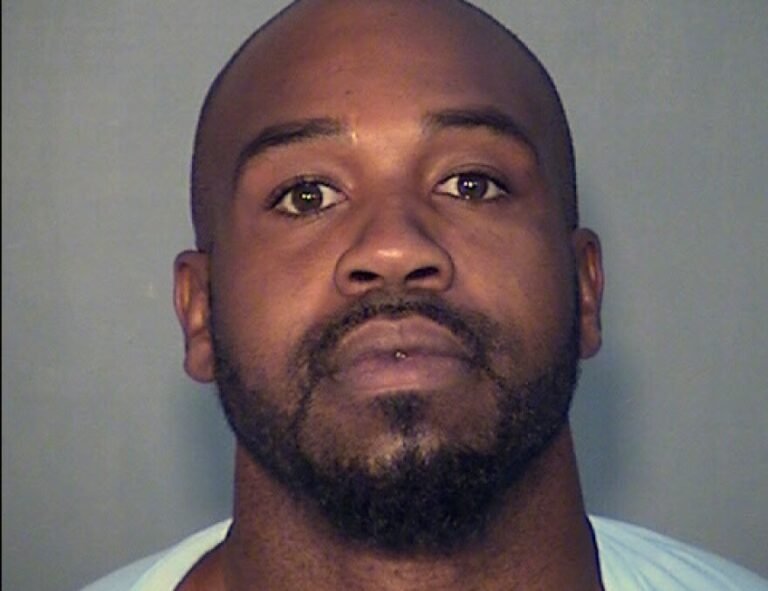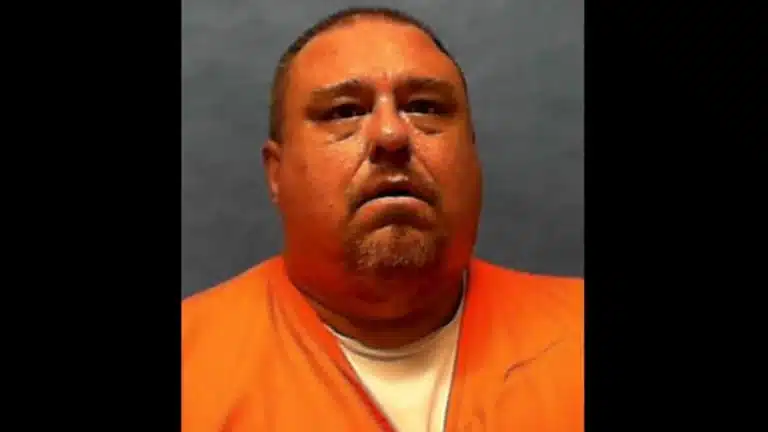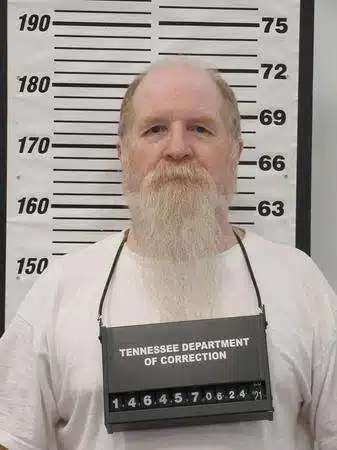
Shawn Humphries Executed For Mendal Smith Murder
Shawn Humphries was executed by the State of South Carolina for the murder of Mendal Smith
According to court documents Shawn Humphries would rob a store and in the process shot and killed the owner Mendal Alton “Dickie” Smith
Shawn Humphries would be arrested, convicted and sentenced to death
Shawn Humphries was executed by lethal injection on December 2 2005
Shawn Humphries Photos

Shawn Humphries FAQ
When Was Shawn Humphries Executed
Shawn Humphries was executed on December 2 2005
Shawn Humphries Case
Shawn Humphries apologized to his victim’s family before he was put to death by lethal injection Friday night for the 1994 murder of a Simpsonville store clerk. Humphries mouthed “I’m sorry” before fatal chemicals were pumped through his veins. Department of Corrections officials pronounced Humphries dead at 6:18 p.m.
Humphries was convicted of murder for the shooting death of Mendal Alton “Dickie” Smith on New Year’s Day 1994. Prosecutors said Humphries and a friend decided to rob the store where Smith was working after they had been drinking beer all day.
Humphries’ attorney Teresa Norris read a one-and-a-half-page handwritten statement from the death chamber before the execution in which Humphries apologized for the killing and used Bible verses to criticize the death penalty. “I hope that my execution brings the Smith family some peace,” he wrote. “But now I want to say something to everyone who supports this or any execution. We are all sinners, so what gives you the right as a sinner to take away a gift that God gave?”
At the end of the statement, Humphries looked toward the victim’s sisters, Kathy Smith Carpenter and Carol Smith Cooley, and mouthed “I’m sorry.” Carpenter nodded in response. It appeared that a tear rolled down Humphries’ cheek after the exchange. After the execution, Carpenter said she appreciated the gesture. “Shawn gave me something very special tonight when he said to me through the window that he was sorry,” Carpenter said. “That was the greatest gift that I could have ever received.”
Officials said Humphries requested a McDonald’s hamburger, french fries, broccoli and cheese, and oat cereal for his last meal.
Before the curtains opened at 6:03 p.m., the victim’s widow, Patricia Smith, looked toward other family members and whispered “I can’t do it,” and walked out of the viewing area without witnessing her husband’s killer be put to death. Humphries, his eyes closed, swallowed rapidly several times as the lethal chemicals began flowing through his veins. After his chest heaved several times, his mouth fell open, after which he did not move or appear to breathe again. Carpenter and Cooley kept their gaze trained on Humphries from the time the curtain was opened until it was closed following the pronouncement of death.
While the execution took place, several dozen death penalty opponents marched along the road near the entrance to the Broad River Correctional Institution, where the execution was held. Abe Bonowitz of Citizens United Against the Death Penalty said protesters held candles and prayed from around 6 p.m. until a “phalanx of guards” approached the group and said the execution had been carried out. “I’ve never seen them do that in other states,” Bonowitz said, of the formality with which officers approached the protesters. He said he has protested outside hundreds of executions, including one held in North Carolina earlier Friday. Bonowitz said he was among the 16 people arrested there Thursday night.
Gov. Mark Sanford rejected Norris’ application for clemency earlier Friday. On Thursday, the U.S. Supreme Court rejected a request for a stay of execution.
Humphries is the third person executed in South Carolina this year. He is the 35th inmate put to death in the state – and the 1,001st in the nation – since the death penalty was reinstated in 1976.
Norris said Thursday Humphries would have preferred to have been the 1,000th person executed nationwide since the death penalty was reinstated, so that his death would be a milestone. “In his view, No. 1,000 is sort of a landmark,” Norris said.
Norris said as people learn about the death penalty and become opposed to executions, Humphries wanted his case to be remembered as an example of someone who died for a lesser crime. “Many of those already executed had multiple murders, there was premeditation, there was tortures,” Norris said. “Most of those are not someone who was engaged in an attempted armed robbery and only fired one time in the direction of the victim.”
http://www.thestate.com/mld/thestate/news/local/13315056.htm


